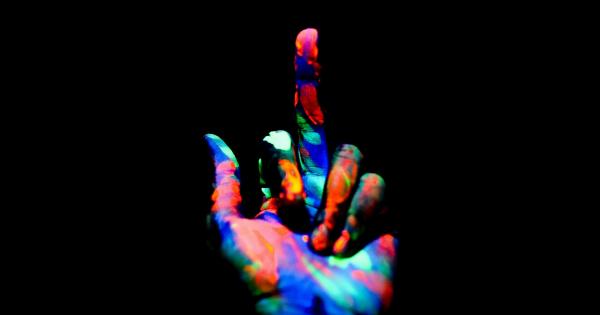Adolescence is a critical period of development characterized by significant physical, cognitive, and emotional changes. During this time, many individuals engage in behaviors that can be considered antisocial.
These behaviors may include aggression, rule-breaking, and disregard for the rights and well-being of others. Understanding the neuroscience behind antisocial behavior in adolescents can provide valuable insights into its causes and potential interventions.
The Prefrontal Cortex and Executive Functioning
The prefrontal cortex, located at the front of the brain, plays a crucial role in executive functioning. Executive functions are a set of cognitive processes that regulate goal-directed behavior, impulse control, decision-making, and social behavior.
Research has shown that the prefrontal cortex continues to develop throughout adolescence, particularly in the areas related to decision-making and impulse control.
The Role of Hormones
Hormonal changes during adolescence, such as increases in testosterone and estrogen, can influence behavior. Testosterone, in particular, has been linked to aggression and risk-taking behavior.
Studies have found that higher levels of testosterone in males are associated with an increased likelihood of engaging in antisocial behavior. Similarly, fluctuations in estrogen levels in females during the menstrual cycle have been linked to mood swings and emotional dysregulation.
The Amygdala and Emotional Responses
The amygdala, an almond-shaped structure deep within the brain, is responsible for processing emotions, particularly fear and aggression. During adolescence, the amygdala is highly activated, leading to heightened emotional responses.
This hyperactivation, coupled with the prefrontal cortex’s immaturity, may result in difficulties regulating emotions and impulsive decision-making, contributing to antisocial behavior.
Neurotransmitters and Reward System
Neurotransmitters such as dopamine, serotonin, and norepinephrine play a crucial role in the brain’s reward system. This system is involved in motivation, reinforcement, and pleasure.
Research suggests that individuals who engage in antisocial behavior have altered reward processing, which makes them more likely to pursue immediate rewards without considering the long-term consequences. This dysregulated reward system may contribute to impulsive behavior and a reduced sensitivity to punishment.
Influence of Environmental Factors
While neuroscience provides valuable insights, it is important to consider the interplay between biology and environmental factors in understanding antisocial behavior in adolescents.
Psychosocial stressors, family dynamics, peer influences, socioeconomic status, and community factors can significantly impact behavior and brain development. Adverse childhood experiences, such as trauma or neglect, have been linked to an increased risk of engaging in antisocial behavior during adolescence.
Interventions and Future Directions
Understanding the neurobiological underpinnings of antisocial behavior in adolescents opens avenues for interventions.
Early identification and targeted interventions that focus on strengthening executive functioning, emotion regulation skills, and promoting healthy social interactions may help mitigate risk factors and improve outcomes. Therapeutic approaches, such as cognitive-behavioral therapy, mindfulness-based interventions, and social skills training, have shown promise in addressing antisocial behavior.
Conclusion
The neuroscience of antisocial behavior in adolescents provides valuable insights into the complex interplay between biological and environmental factors.
The immaturity of the prefrontal cortex, hormonal changes, amygdala hyperactivation, reward system alterations, and environmental influences all contribute to the manifestation of antisocial behavior. By understanding these mechanisms, researchers and professionals can develop targeted interventions to promote healthy adolescent development and reduce the risk of engaging in antisocial behaviors.





























